
Boost Your Stamina: 5 Science-Backed Techniques to Build Endurance Fast!
Endurance isn’t just for athletes; it’s essential for everyone. Good endurance boosts both physical and mental fitness, offering benefits like improved cardiovascular health, better energy levels, and increased resilience in everyday tasks.
Endurance, or stamina, allows the body to sustain prolonged physical activity, while also enhancing mental resilience, which is crucial for facing life’s daily challenges. Since you are here, I know your goal is to build satmina and endurance. so you can check out this gym to get you started. This guide dives into five research-backed techniques to help you build endurance and sustain energy over time.
1. Starting with a Cardio Foundation
A solid cardio foundation is critical to building stamina. For beginners, low-impact cardio activities like walking, cycling, or swimming are excellent starting points. These exercises work the heart and lungs without straining the joints, and they can be tailored to all fitness levels.
Benefits of Cardio for Endurance
Cardio improves heart function, increases oxygen supply to muscles, and supports better energy distribution. Studies show that low-to-moderate-intensity cardio can increase endurance and improve stamina in a way that’s safe and sustainable for beginners.
How to Progress
- Begin with Low-Intensity Activities: Start with 20–30 minutes of walking or light cycling, aiming for 3–4 days a week.
- Gradual Increase in Intensity: After a few weeks, increase your pace and duration by 5–10% to build a base without overwhelming your body.
- Add Variety: Once comfortable, introduce jogging, brisk walking on inclines, or swimming laps. A variety in cardio workouts can prevent plateaus and challenge different muscle groups.
2. Incorporating Interval Training for Endurance Gains
Interval training alternates between high-intensity and low-intensity activity, an approach that conditions the heart, lungs, and muscles to perform better over time. This training style can significantly improve endurance and stamina because it enhances the body’s ability to deliver oxygen to muscles while efficiently clearing waste products. Interval training is also known to stimulate a high calorie burn, which is beneficial for fitness goals that include weight management.
Sample Interval Training Sessions
Beginner Session:
- Warm-up: 5 minutes of light jogging or brisk walking
- Intervals: Alternate between 30 seconds of jogging and 1 minute of walking. Repeat for 10–15 minutes.
- Cooldown: 5 minutes of stretching
Advanced Session:
- Warm-up: 5–10 minutes of light cardio
- Intervals: Alternate between 1 minute of sprinting and 2 minutes of light jogging or walking. Repeat for 20 minutes.
- Cooldown: 5–10 minutes of stretching
10 Exercises You Must Try Out To Build Muscle
3. Strength Training to Support Endurance
Strength training isn’t only for building muscle; it also supports endurance by improving muscle resilience and delaying fatigue. Muscular endurance, especially, plays a role in stamina by allowing muscles to perform repetitive motions over extended periods without tiring. Regular strength training can boost stamina by strengthening muscle fibers and connective tissues, reducing injury risk, and enabling more powerful movements.
Key Strength Exercises for Endurance
To focus on stamina, aim for 15–20 reps with lighter weights and shorter rest intervals. Effective exercises include:
- Squats: Strengthen quads, hamstrings, and glutes, supporting both power and stability.
- Lunges: Engage core muscles and leg muscles to improve balance and coordination.
- Push-ups: Build upper body endurance, working chest, shoulders, and triceps.
Strength Training Tips
- Incorporate full-body workouts 2–3 times per week for balanced strength gains.
- Focus on higher reps (15–20) with light to moderate weight for endurance, rather than heavy lifting for strength alone.
- Incorporate compound movements (like squats or lunges) that engage multiple muscle groups, enhancing efficiency and calorie burn.
4. Breathing Techniques and Mental Endurance
Breathing techniques are essential to endurance, as they regulate oxygen supply to muscles and support energy levels. Effective breathing increases stamina by maximizing oxygen intake and reducing muscle fatigue.
Key Breathing Techniques
- Diaphragmatic Breathing (Belly Breathing): This technique involves deep breaths from the diaphragm, rather than shallow chest breaths. It enhances oxygen intake, helping muscles work more efficiently during prolonged activity.
- Paced Breathing: Set a rhythm for your breaths, such as inhaling for two counts and exhaling for four, to maintain steady breathing and avoid feeling out of breath.
Building Mental Endurance
Physical endurance is closely tied to mental strength. Practicing mindfulness, setting small achievable goals, and visualizing success are strategies proven to enhance mental resilience. Research suggests that athletes who visualize their progress or accomplishments can often sustain physical activity longer and with greater intensity.
5. Nutrition and Hydration for Lasting Stamina
Proper nutrition fuels endurance by providing sustained energy and aiding recovery after workouts. Focus on foods that provide steady energy without causing spikes and crashes.
Nutrition Tips for Endurance
- Complex Carbohydrates: Foods like whole grains, oatmeal, and sweet potatoes provide long-lasting energy by gradually releasing glucose into the bloodstream.
- Healthy Fats: Incorporate sources like avocados, nuts, and olive oil, which offer slow-digesting energy, making them ideal for endurance.
- Protein: Essential for muscle repair, include moderate protein intake to support recovery and maintain muscle mass.
Hydration and Electrolyte Balance
Dehydration can impair endurance performance, reduce energy, and increase fatigue. Aim to drink water throughout the day, especially before and after workouts. For workouts longer than 60 minutes, consider electrolyte-enriched beverages to replenish sodium, potassium, and other minerals lost through sweat.
Daily Hydration Tips
- Start the day with a glass of water.
- Hydrate 30 minutes before a workout to prevent dehydration.
- Sip water throughout exercise sessions, and replace lost fluids afterward to aid recovery.
Looking for the best gym in Abuja for your fitness goals? Here is a comprehensive list for you
Frequently Asked Questions
- How long does it take to build endurance?
Consistent training shows results within 6–8 weeks, depending on frequency and intensity. Start with manageable goals, gradually increasing your intensity as your stamina improves. - Can I combine strength and cardio in one workout?
Yes, combining strength and cardio within the same workout, like in circuit training, can enhance endurance by targeting multiple muscle groups and increasing cardiovascular strength. - How can I track my endurance progress?
Track your stamina by measuring improvements in workout duration, decreased perceived exertion, or reduced recovery time between exercises. For example, if your heart rate returns to baseline faster after exercise, your endurance has likely improved.
Conclusion
Endurance is a blend of physical and mental resilience that can be cultivated through consistent effort, appropriate training methods, and proper nutrition. With a solid cardio foundation, strength training, interval sessions, effective breathing techniques, and balanced nutrition, you’ll be well on your way to building lasting stamina. By following these proven techniques and tracking your progress, you can increase both endurance and confidence, empowering you to reach new fitness milestones.
